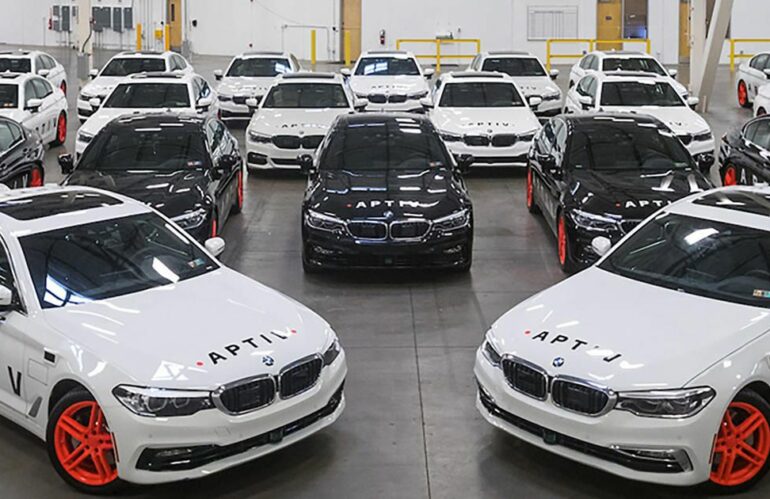Beginning of the end for rideshare drivers?
Fleets of full self driving (FSD) vehicles aren’t just ‘concept cars’, they’re here.
Matthew De Silva describes his recent, somewhat autonomous Lyft ride in Las Vegas at CES 2020.
It’s not a robo-taxi… yet.
This was a ‘somewhat autonomous’ rideshare experience. There were two Lyft ‘drivers’ in the car, one person to manually drive as needed and the other to talk the rideshare passenger through the experience.
Basically, this is any Tesla-vehicle rideshare experience. It definitely gets your attention the first time you experience the car driving itself down the highway… and it quickly feels normal.
Should rideshare drivers be worried?
Yes, if you think you have a career and future as a rideshare driver more than 5 years out and you expect the rideshare gig will look the way it does today.
A lot has already changed in the rideshare industry’s 10 year history. More changes are coming, and eventually, human drivers aren’t going to be part of the equation.
When and where drivers are still present, they’ll likely be employees, not independent contractors. AKA taxi-drivers.
Rideshare driver: (future definition) A Taxi driver.
FSD Rideshare Timeline
This story adds another data point on the robo-taxi timeline and it’s projected impact on rideshare driving.
When will these cars be on our streets? A little more than 3 years ago, Lyft’s CEO put the date at 2025. Elon Musk’s Tesla’s projection was even more aggressive.
Regardless when autonomous fleets come to your city, here’s what to expect for your business as the rideshare driving gig evolves.
- You drive your car to rideshare (now) >>>
- You assist an autonomous car’s driving to rideshare >>>
(in a Tesla owned by you or in some other vehicle owned by the rideshare platform) - No you, no driver, period. The rideshare driving gig you knew is over.
At that point, most rideshare services are totally autonomous. If you own a Tesla, you can run it on the Tesla Network, substituting your personal driving efforts with managing your own fleet of Tesla robotaxis.
Otherwise, you’re out of the rideshare game. Uber, Lyft, and the rest of the platform providers will find it cheaper to run their own fleets of cars than to deliver transportation services through drivers. Even Tesla may not sell cars to consumers anymore, they’ll make more money running their own fleets.
Fleets of autonomous vehicles won’t show up on roads overnight. We’ll be in a hybrid network of rideshare service delivery over the next 10 years. But, expect changes to roll out, first on a limited basis, and build by:
- Markets (likely starting in cities currently running pilot programs)
- Specific service areas (perhaps with initial geo-fencing)
- Number of vehicles (depending on investment $ and to test impact)
- Corporate players (Tesla, Lyft, Uber, and …?)
